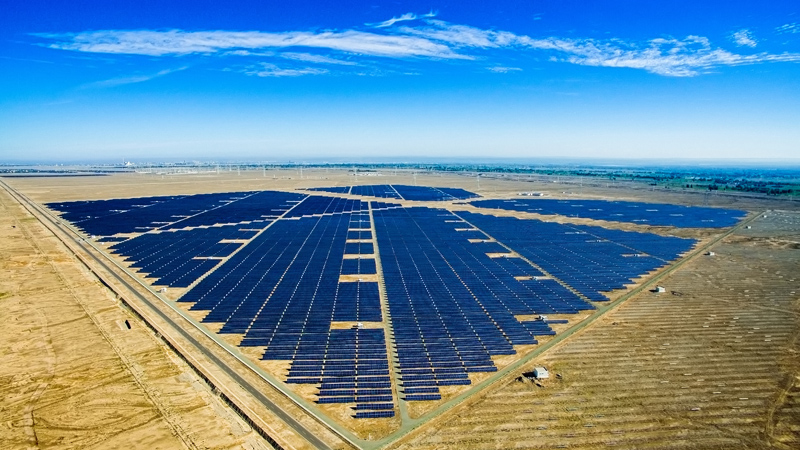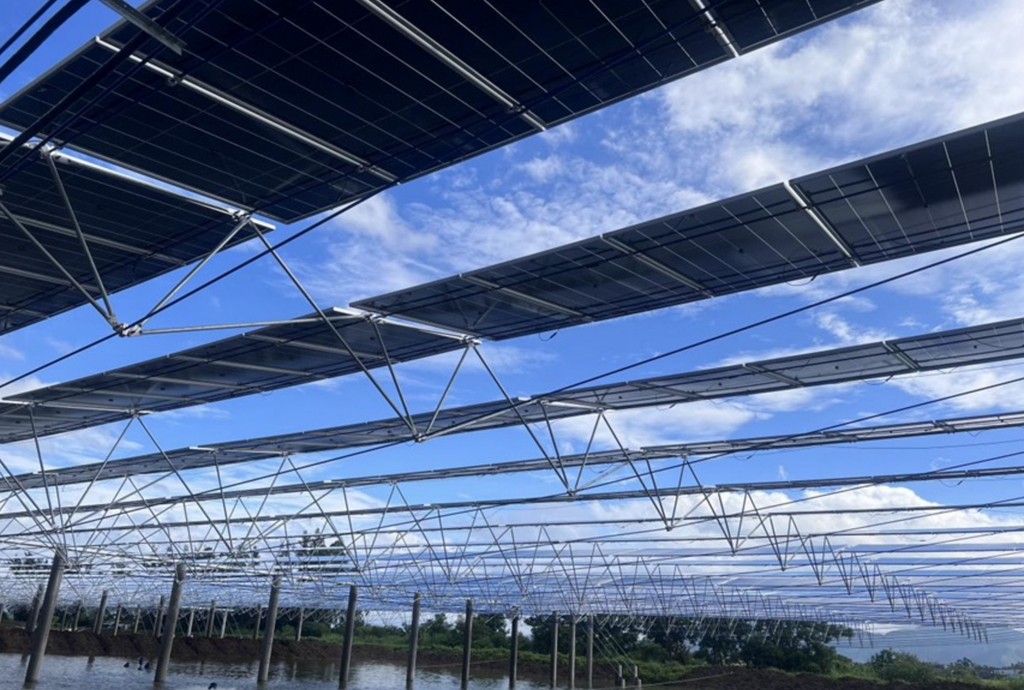The common types of photovoltaic bracket and bracket basic science and technology
The common types of photovoltaic bracket and bracket basic science and technology
PV bracket is an important part of PV power station, carrying the main body of power generation of PV power station. Therefore, the choice of the bracket directly affects the operation safety of the PV module, the breakage rate and the construction of the investment return situation.
When choosing a PV bracket, you need to choose a bracket of different materials according to different application conditions. According to the different materials used in the main force-bearing rod of the PV bracket, it can be divided into aluminium alloy bracket, steel bracket and non-metallic bracket (flexible bracket), of which the non-metallic bracket (flexible bracket) is used less, while the aluminium alloy bracket and steel bracket have their own characteristics.
Reasonable form of photovoltaic bracket can enhance the system's ability to resist wind and snow loads, reasonable use of photovoltaic bracket system in the bearing of the characteristics of the system can be further optimised for its dimensional parameters to do, saving materials, and further reduce the cost of photovoltaic systems.
Photovoltaic module bracket base on the role of the load are: bracket and photovoltaic module weight (constant load), wind load, snow load, temperature load and seismic load. Which plays a controlling role is mainly wind load, so the foundation design should ensure the stability of the foundation under the action of wind load, under the action of wind load, the foundation is likely to pull up, fracture and other destructive phenomena, the foundation design should be able to ensure that there is no damage under this force.

So, what are the types of ground photovoltaic racking foundation and flat roof photovoltaic racking foundation? What are their characteristics?
Ground-fixed photovoltaic racking foundation
Bored pile foundation: it is more convenient to form holes, can adjust the elevation of the top surface of the foundation according to the topography, the top elevation is easy to control, the amount of concrete reinforcement is small, the amount of excavation is small, the construction is fast, and the damage to the original vegetation is small. However, there is a concrete site into a hole, pouring, applicable to general fill, clay, powder soil, sandy soil, etc..
Steel spiral foundation: easy to form holes, can adjust the top surface elevation according to the terrain, not affected by groundwater, construction as usual in winter weather conditions, construction is fast, elevation adjustment is flexible, very little damage to the natural environment, there is no filling and digging works, little damage to the original vegetation, and there is no need for site levelling. It is suitable for desert, grassland, mudflat, next door, tundra and so on. However, the steel used is large, and it is not applicable to strong corrosive foundation and rock foundation.

Independent foundation: the strongest water load resistance, flood and wind resistance. It requires the largest amount of reinforced concrete, more labour, large amount of earth excavation and backfilling, long construction period, and great damage to the environment. It is rarely used in photovoltaic projects.
Reinforced concrete bar foundation: this type of foundation form is mostly used in the foundation bearing capacity is poor, applicable to the site is relatively flat, the groundwater level is low in the region, the uneven settlement requirements are higher in the flat single-axis tracking photovoltaic bracket.
Prefabricated pile foundation: Prestressed concrete pipe piles with a diameter of about 300mm or square piles with a cross-section size of about 200*200 are driven into the soil, with steel plates or bolts reserved at the top to connect with the front and rear columns of the upper bracket, with a depth of generally less than 3 metres, which makes the construction relatively simple and fast.
Bored pile foundation: the cost is lower, but the soil layer requirements are higher, applicable to a certain degree of compactness of the powdered soil or plastic, hard plastic powdery clay, not applicable to loose sandy soil layer, the soil is harder cobblestone or gravel there may be not easy to become a hole in the problem.
Steel helical pile foundation: special machinery is used to screw it into the soil, fast construction speed, no need for site formation, no earthwork and no concrete, maximum protection of vegetation in the field, the height of the bracket can be adjusted with the terrain, and the helical piles can be used twice.
Flat roof photovoltaic racking foundation
Cement counterweight method: pouring cement piers on the concrete roof, this is a common installation method, with the advantages of stability and without damaging the waterproof of the roof.

Prefabricated cement counterweight: relative to the production of cement piers is more time-saving, saving cement ground embedded parts.
Flexible Bracket
Non-metallic bracket (flexible bracket) is the use of steel cable pre-stressing structure, to solve the sewage treatment plants, complex terrain of the mountains, the lower load-bearing roof, forest light complementary, water light complementary, driving school, highway service areas, such as the span and height limitations caused by the traditional bracket structure can not be installed technical problems, and effectively solve the existing valleys, hilly areas of the existing photovoltaic power plants exist in the construction of the construction is difficult, the sun blocking serious, low power generation (compared with the flat area of the photovoltaic plant). (about 10-35% lower than that of the flat photovoltaic power stations), poor quality of the power station bracket, complex structure and other shortcomings.Non-metallic bracket (flexible bracket) has a wide range of adaptability, flexibility of use, effective security and land perfect secondary use of economy, is a revolutionary creation of photovoltaic bracket.




